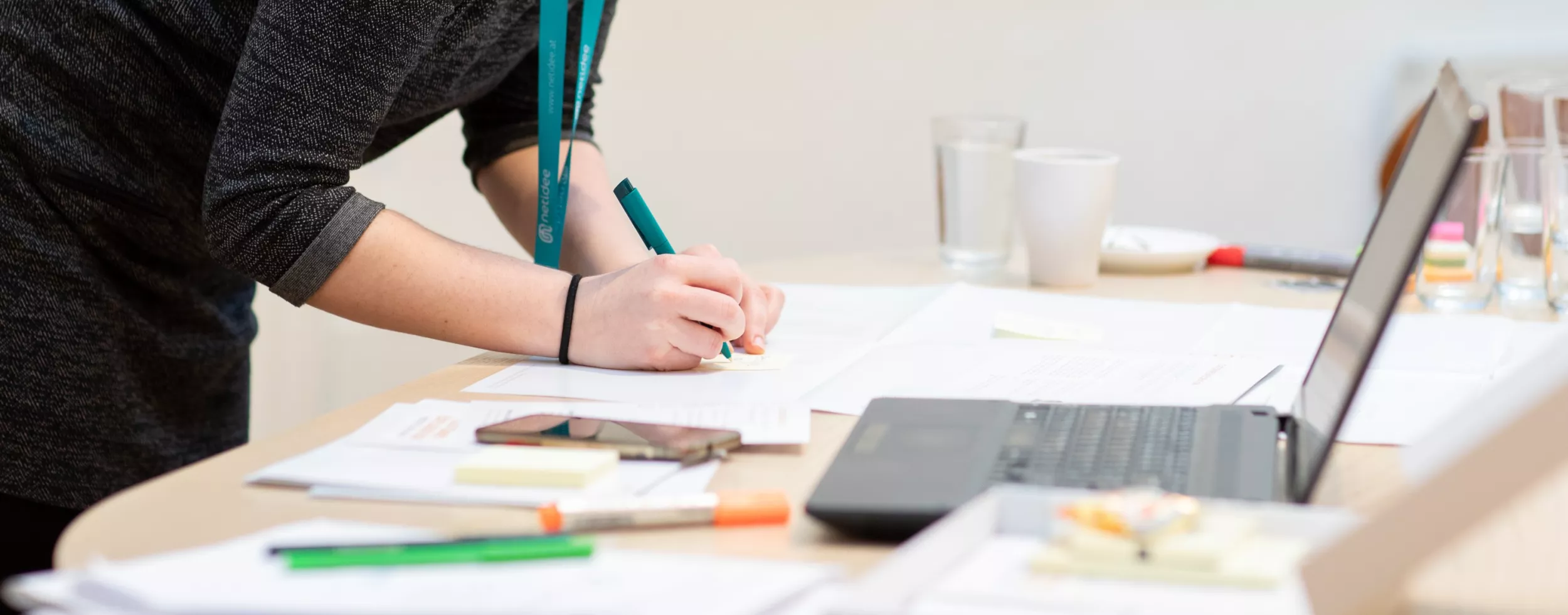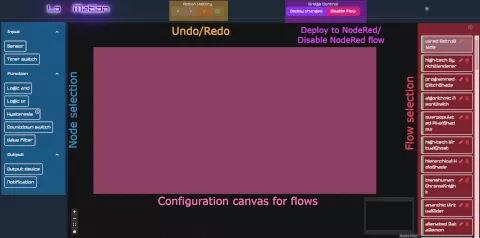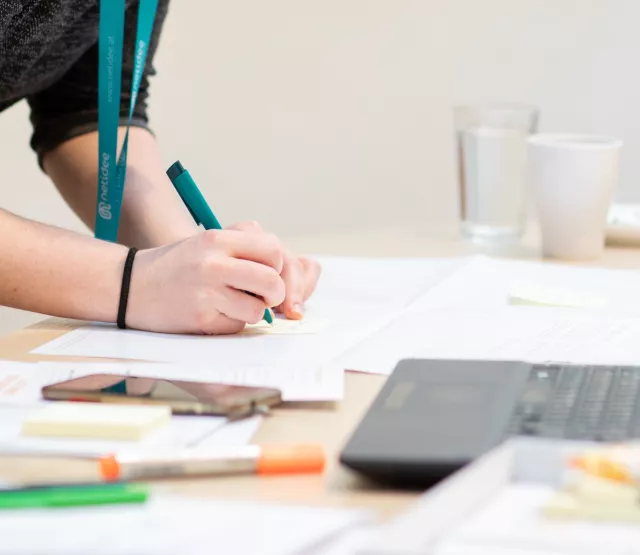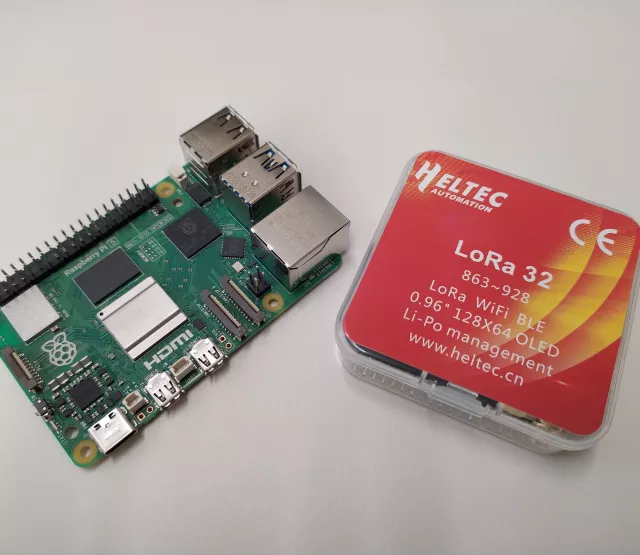
Förderjahr 2023 / Projekt Call #18 / ProjektID: 6693 / Projekt: LoRaBridge 2
After a year of hard work pushing home automations into remote locations, it is time to look back and reflect what we've accomplished along the way. What were the best highlights, but also what were the trickiest obstacles we tackled. And also, some lessons learned.
In a nutshell, we reached two major milestones which clearly stand out:
- Home automation configuration over LoRaWAN
- LoRaMation: Easy-to-use user interface for configuring automations
To our best knowledge, our compression methods allowed for the first time a practical implementation of setting up home automations to remote locations via LoRaWAN. This, however, was not done over a weekend, but required some serious sweating. As we started in January 2024, it became soon clear to us that transferring raw JSON data containing automation configuration rules would take forever with a low signaling rate of LoRaWAN. As matter of fact, even with traditional compression algorithms the data size was still unacceptable (in kilobytes). Luckily, the information required to program automations is -at least in theory- not huge: In a visual programming paradigm, such as in Nodered, all a user has to do, is to add nodes (functions and data interfaces) and connect them. This, as we have shown, can be done with as few as 60-120 bytes. The magic behind our heavy compression ratio is this: We deliver a set of well defined automation nodes and a set of rules, which trigger actions (connect node, disconnect node, etc.). By also limiting the possible number of nodes or actions to 255 (capacity of one byte), the configuration data can be squeezed to absolute minimum. The flipside of the coin is that with our basic set of automation nodes, one cannot define arbitrary automations, but they should be sufficient for the most of use cases.

The second highlight is our custom made user interface LoRaMation. Here we selected the visual programming scheme as the basis, which is quite suitable as at the end of the day the configured automations will be deployed in Nodered, which also is based on the visual programming. Our design goal with the UI was to simplify: Give a user less buttons to press and make things more intiuitive. This meant reducing visual clutter, choosing a simple color scheme and naming the nodes in an intuitive way. The usability of LoRaMation was verified at European researchers night 2024 in Graz, where the youngest programmer was only five years old. Hence, we believe that the easy-to-use UI is a good starting point for non-technical-oriented people looking forward to implement their own home automations with open-source tools. Whether or not LoRaMation will grow as its own tool, will be a question for a follow-up activities.
The two biggest take aways from our project are:
- Spend a bit more time for conception than what was originally planned.
- LoRaWAN downlink is more useful than you might think
The first point is valid in a project like LoRaBridge 2, which mixes multiple software components/frameworks/interfaces. We did spend reasonable time to lay out the basic structure of the prototype before rushing into development work. However, down the line during the project, a more detailed project plan would probably have spared some iterations and communication. Finally, we were positively surprised how much one can do with a minimalistic wireless communication offered by LoRaWAN downlink. Hopefully, the LoRaBridge 2 will serve as a source for inspiration for other exotic LoRaWAN projects.


